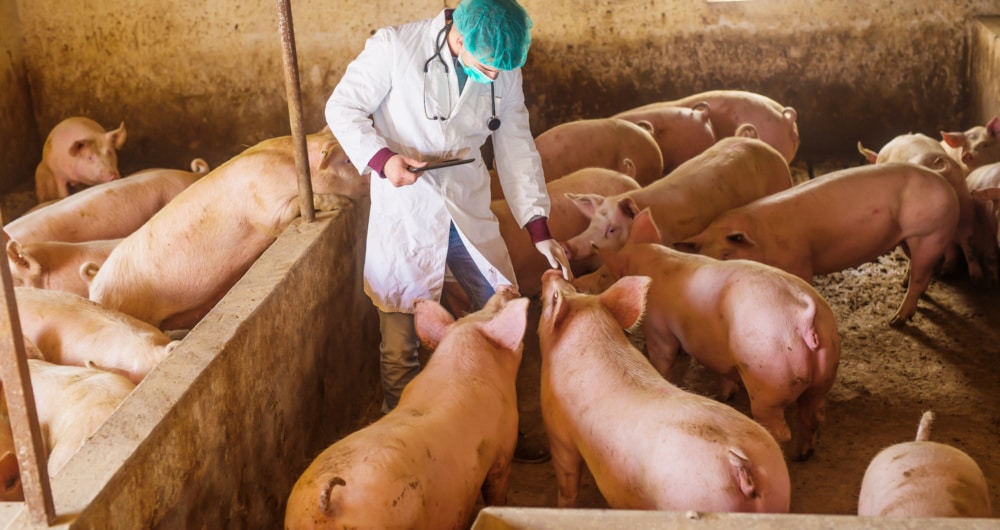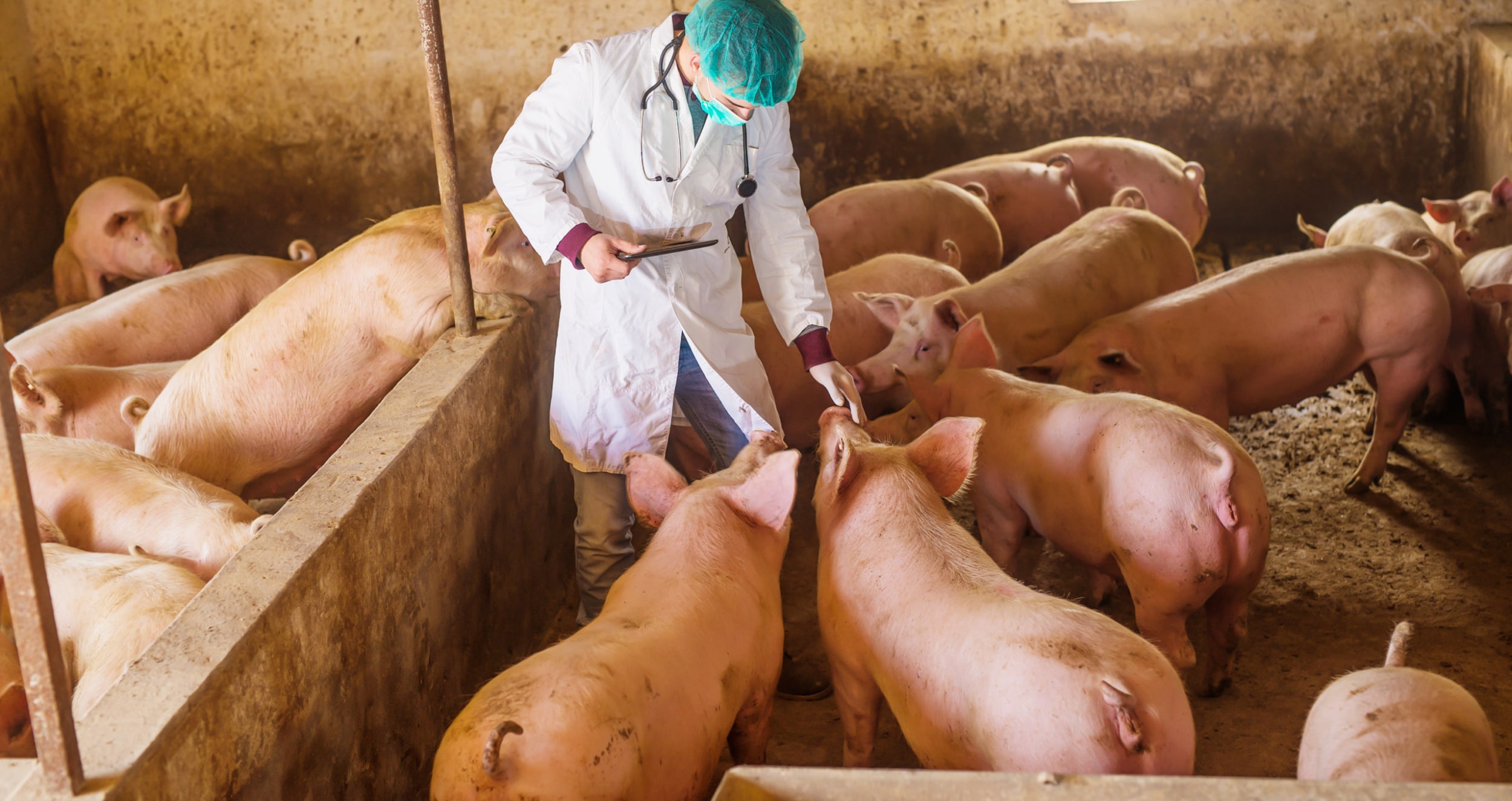Smarter Pest Management for Soybean
Taynara Possebom
2024-2027 FFAR Fellows


No, ROAR funds cannot be used for weather, natural disaster or food safety response efforts. ROAR grants support research and coordination to halt pre-farm gate pest or pathogen outbreaks.
Yes, funding up to $150,000 may be available to support diagnostic tool development, outreach, research and other efforts to mitigate, contain or prevent a pest or pathogen outbreak. FFAR determines the funding amount by evaluating several criteria including the geographic range, the number of animals or plants impacted, economic impact and the likelihood of an outbreak occurring. Funding is also contingent upon providing matching funds.
Generally, most FFAR’s research grants support the United States; however, FFAR reserves the right to pursue and consider research on international outbreaks with the potential for significant impact. FFAR will pursue these opportunities through direct solicitation. Please do not contact the organization regarding these issues.
No, diagnostic tools must be specific to an imminent or ongoing disease or pest outbreak and must have a high potential for dissemination to the industry.
No, ROAR grants do not support research on new application practices and technologies for conventional or organic pesticides.
Yes, applicants are encouraged to submit a one-page concept note via FFAR’s Grants Management portal outlining:
The team must designate a lead organization to enter into the potential grant agreement with FFAR. Based on the concept note, we may invite the team to submit an application for the ROAR program. Upon invitation, applicants will have 8 weeks to submit their application.
Yes, federally funded groups can participate in a ROAR project and contribute financially to our research programs; however, these funds cannot be used as a match for the release of FFAR funds. Non-federal dollars must be included as a source of matching funds.
How to Apply
The application process is designed to provide swift deployment of funding in response to an outbreak. Applicants are required to submit a concept for consideration via FFAR’s online portal. If the concept is accepted, applicants must submit a full application within 8 weeks of invitation.
Timeline
The ROAR program is open year-round to eligible applicants.
The following types of organizations are invited to apply:
Eligibility Criteria include:
ROAR grant recipients must provide equal or greater matching funds from non-U.S. federal government sources. Match should be confirmed at the time of concept submission.
FFAR accepts matching funds from non-federal sources, including state, university, industry and private organizations. We cannot count U.S. federal funding as matching funds; however, federal funds can still supplement the budget for a ROAR project.
We encourage applicants to form broad-based coalitions that include industry participation to increase research collaboration and maximize the adoption of outcomes by the agriculture sector.
In the event of a pest or pathogen outbreak, submit a one-page concept note outlining:
Based on the concept note, we decide whether to invite a full application. If the concept is accepted, applicants must submit a full application within 8 weeks of invitation.
The ROAR program does not support research on food-borne diseases or weather-related disasters. Pest or pathogen outbreaks must be imminent, detected within 1-2 years, or re-emerging at significantly greater prevalence. These issues must present a threat to a multi-state region of the U.S. with the potential to cause significant losses and economic harm.
For applications concerning both plant and animal pests and pathogens, submit your concept note via FFAR’s Grants Management portal. For questions about the ROAR program, contact Dr. Kathy Munkvold or Dr. Jasmine Bruno, scientific program directors at ROAR@foundationfar.org.